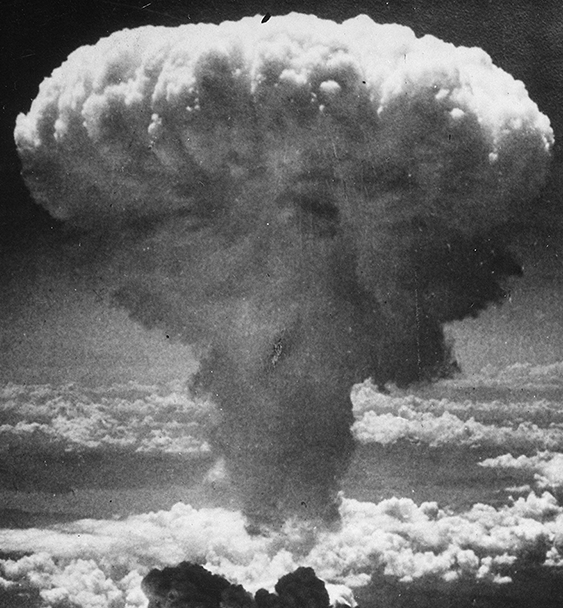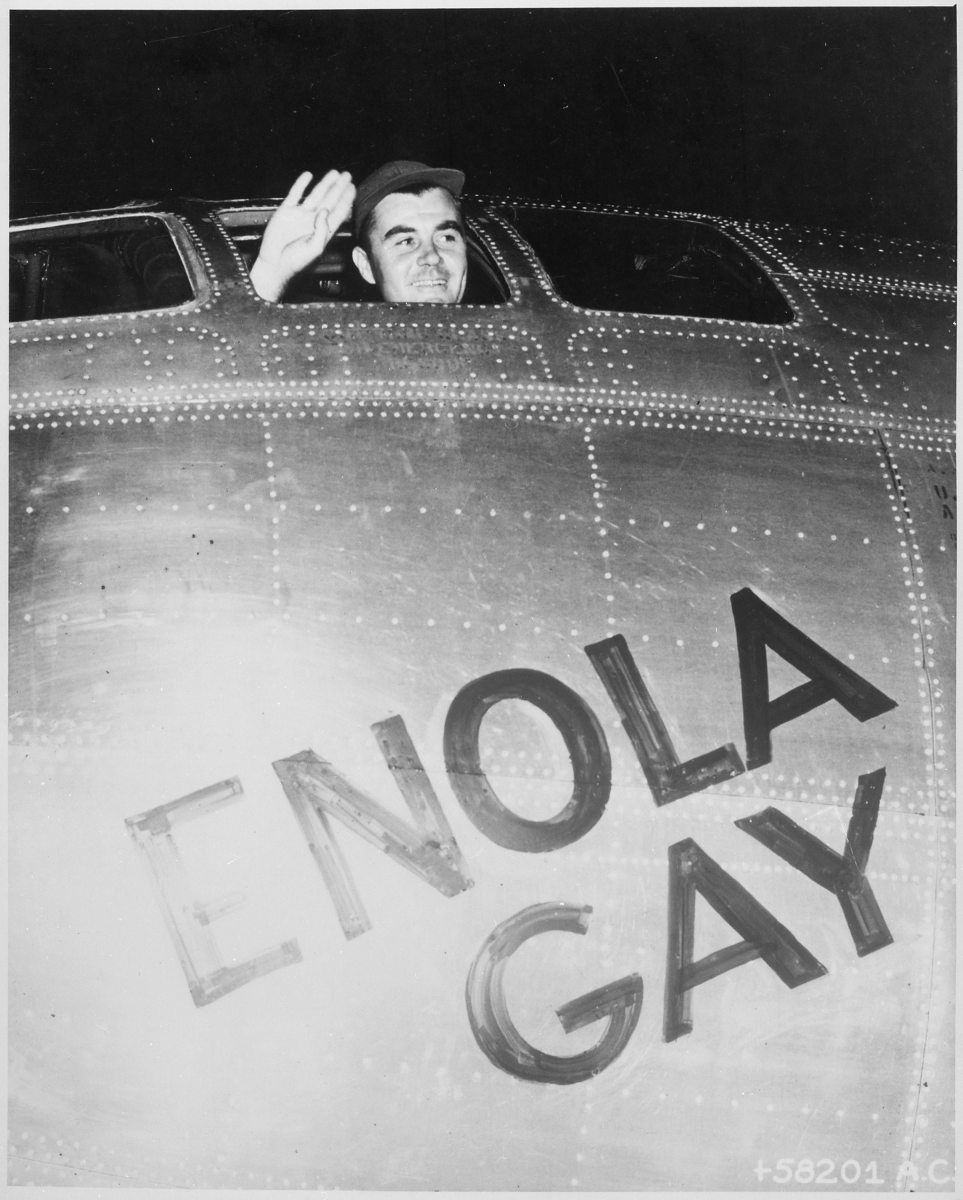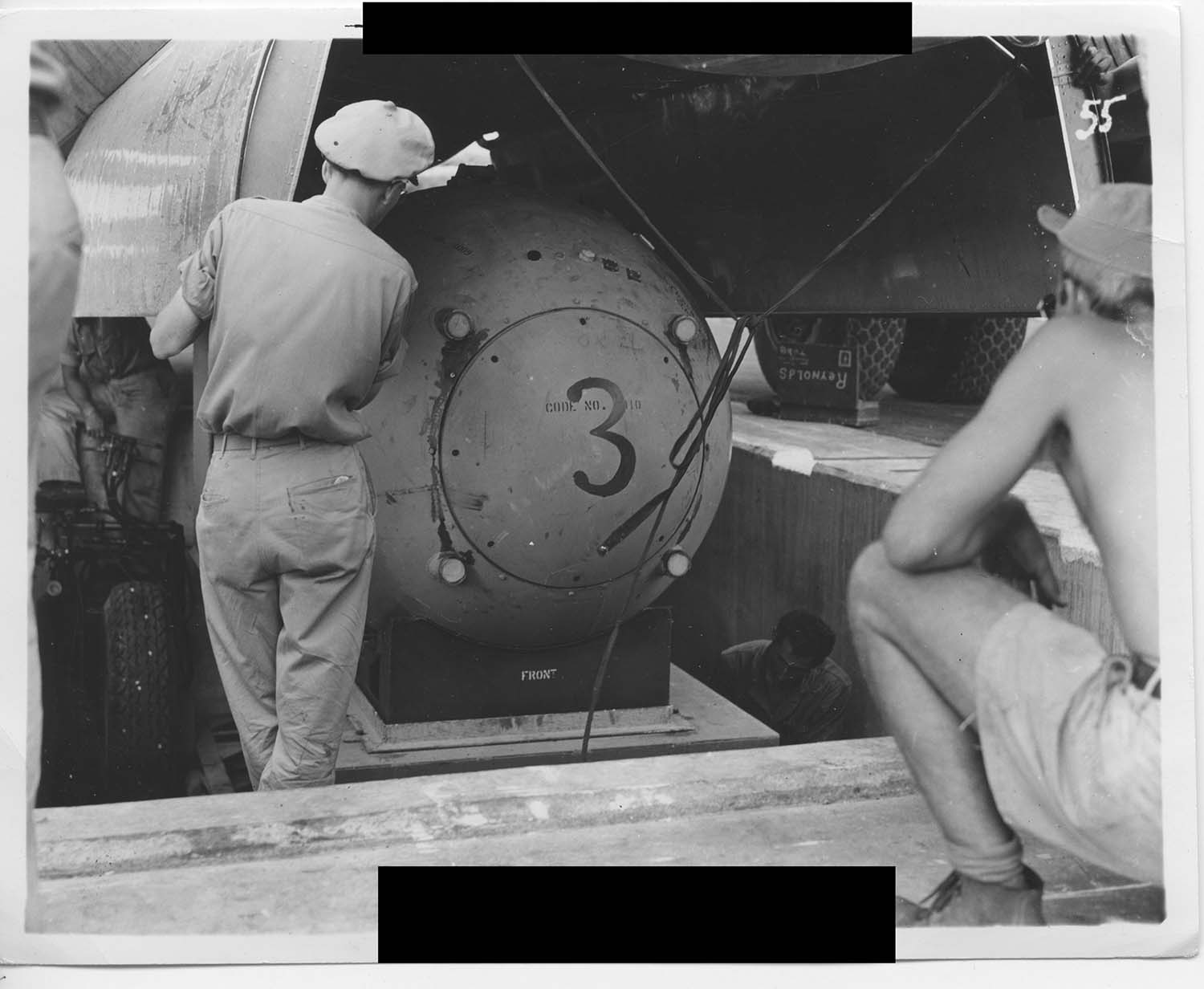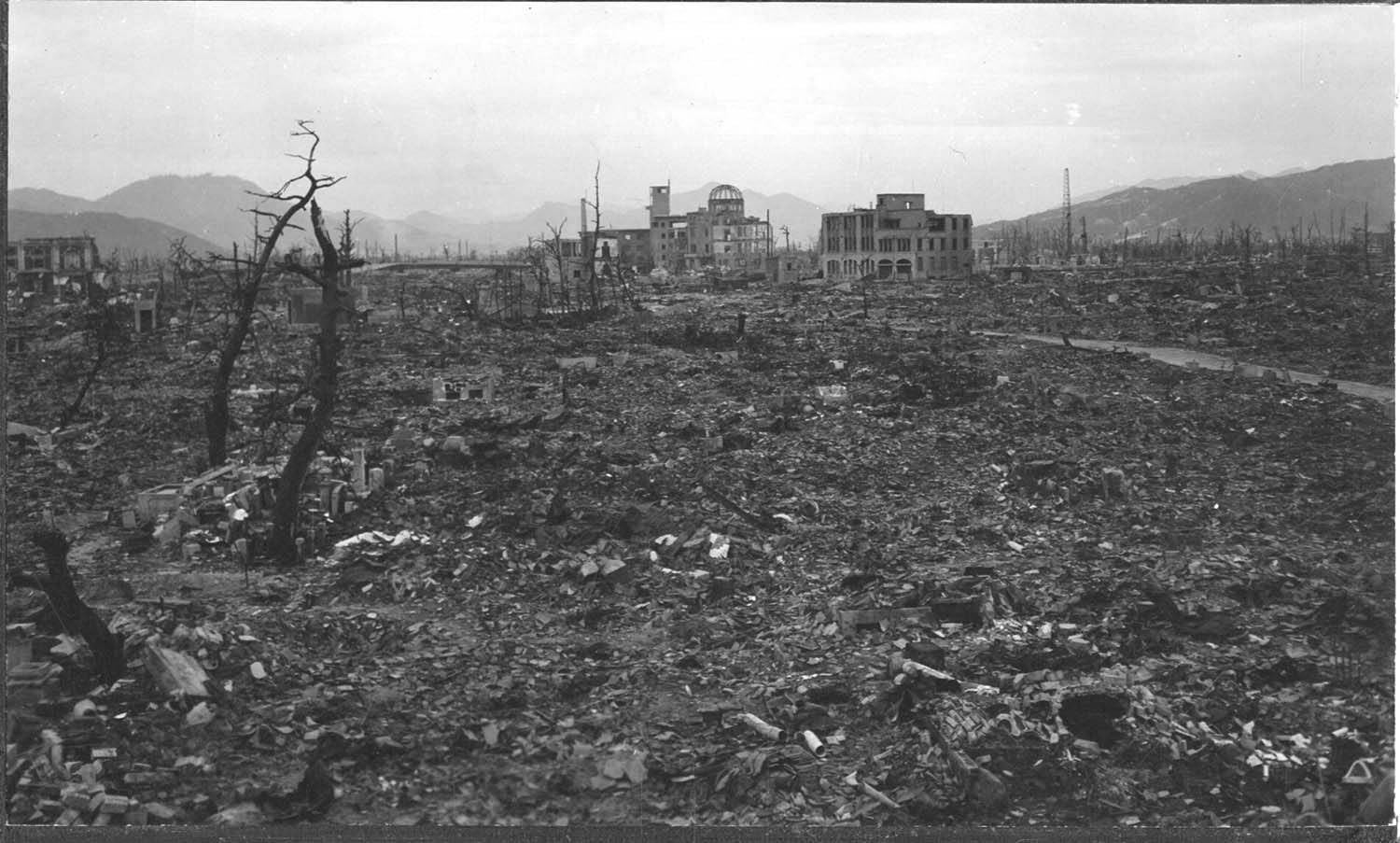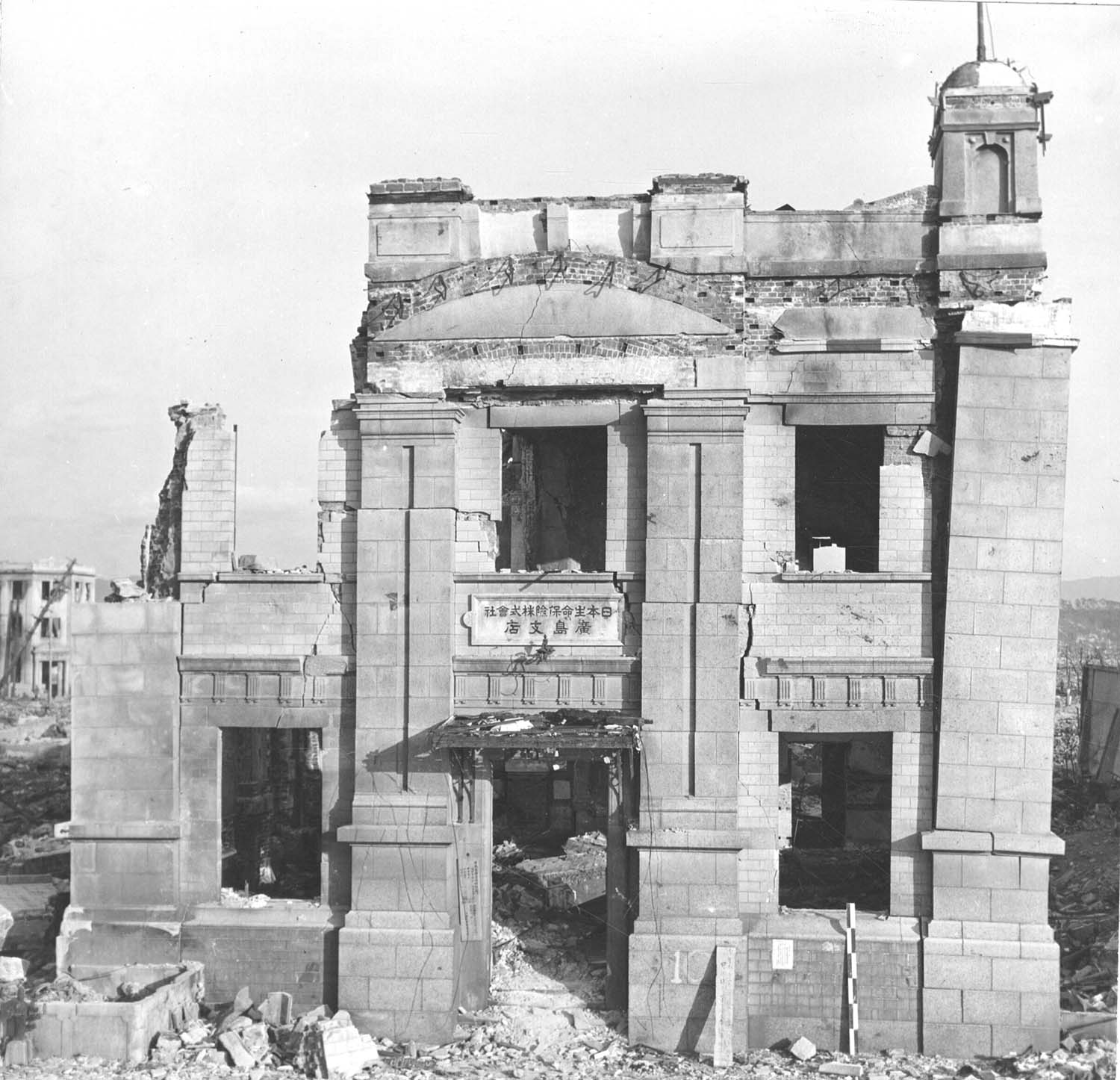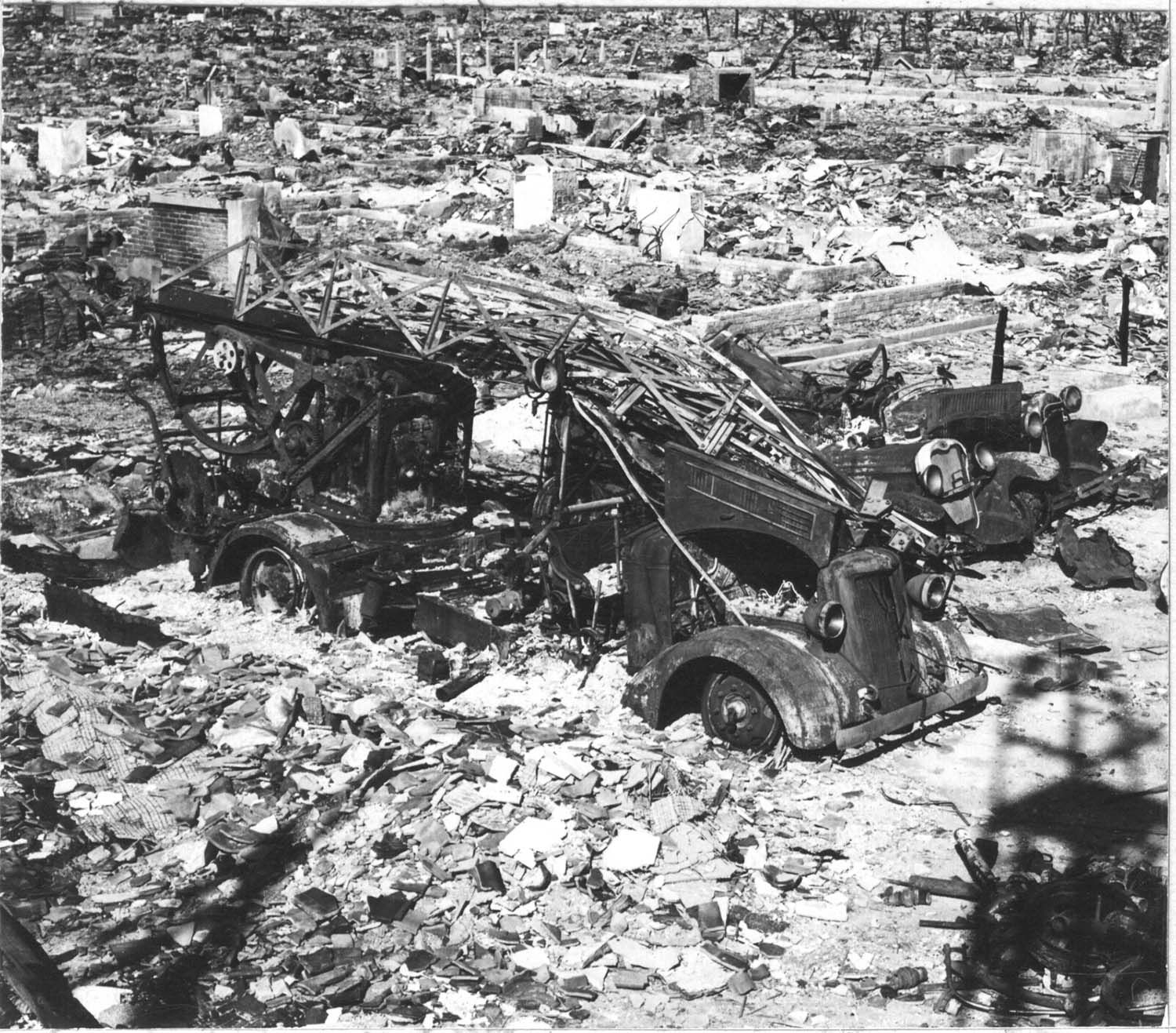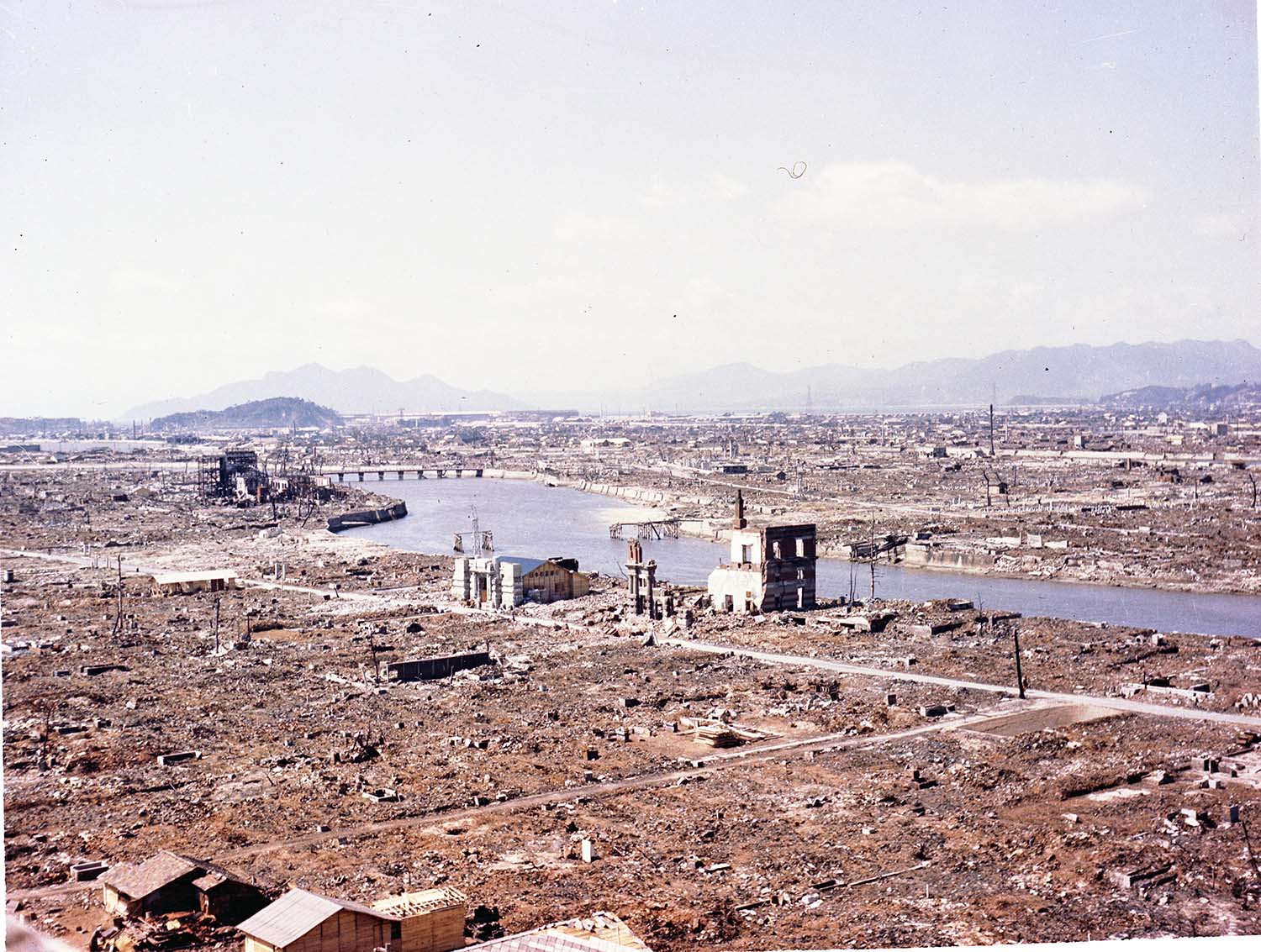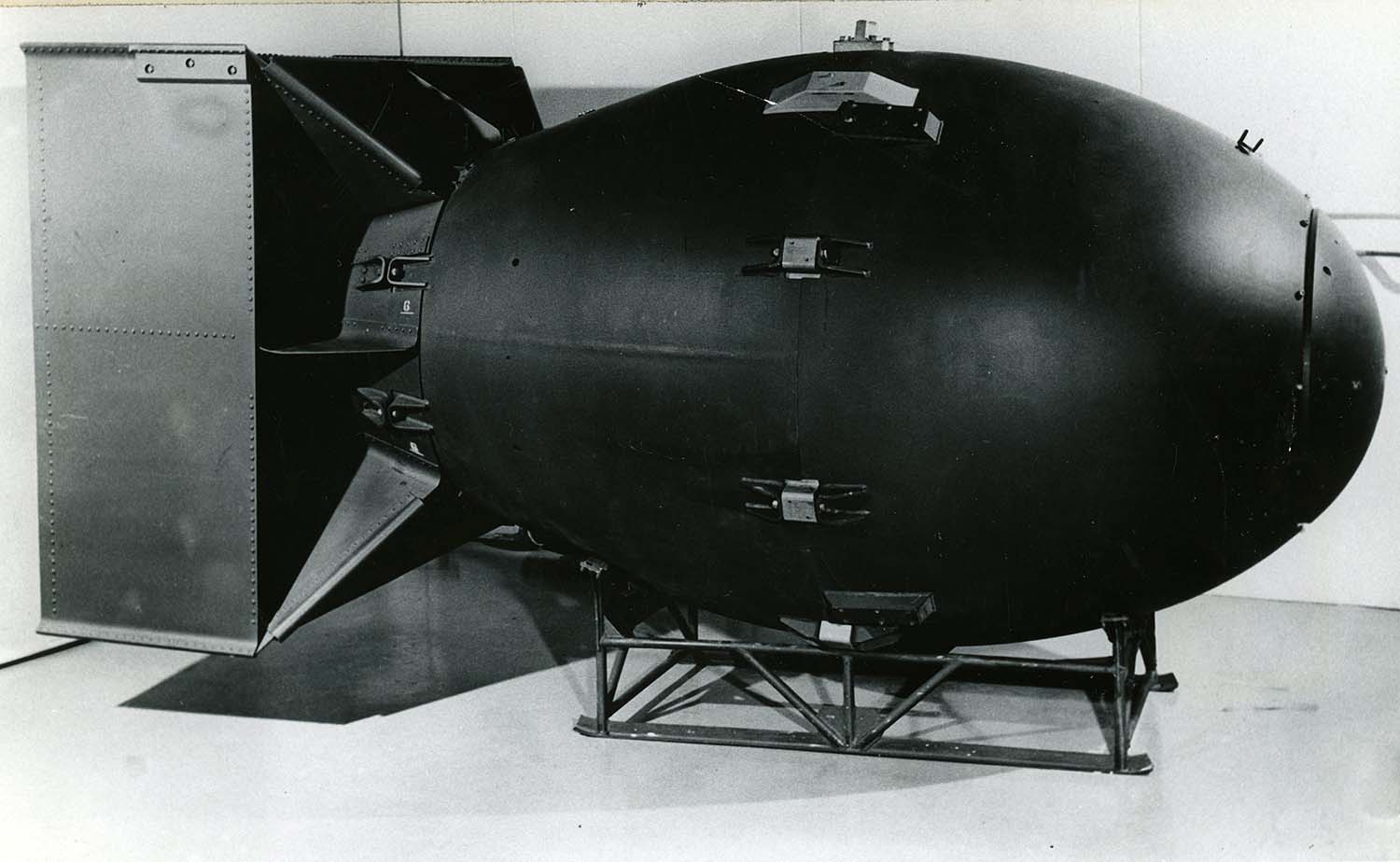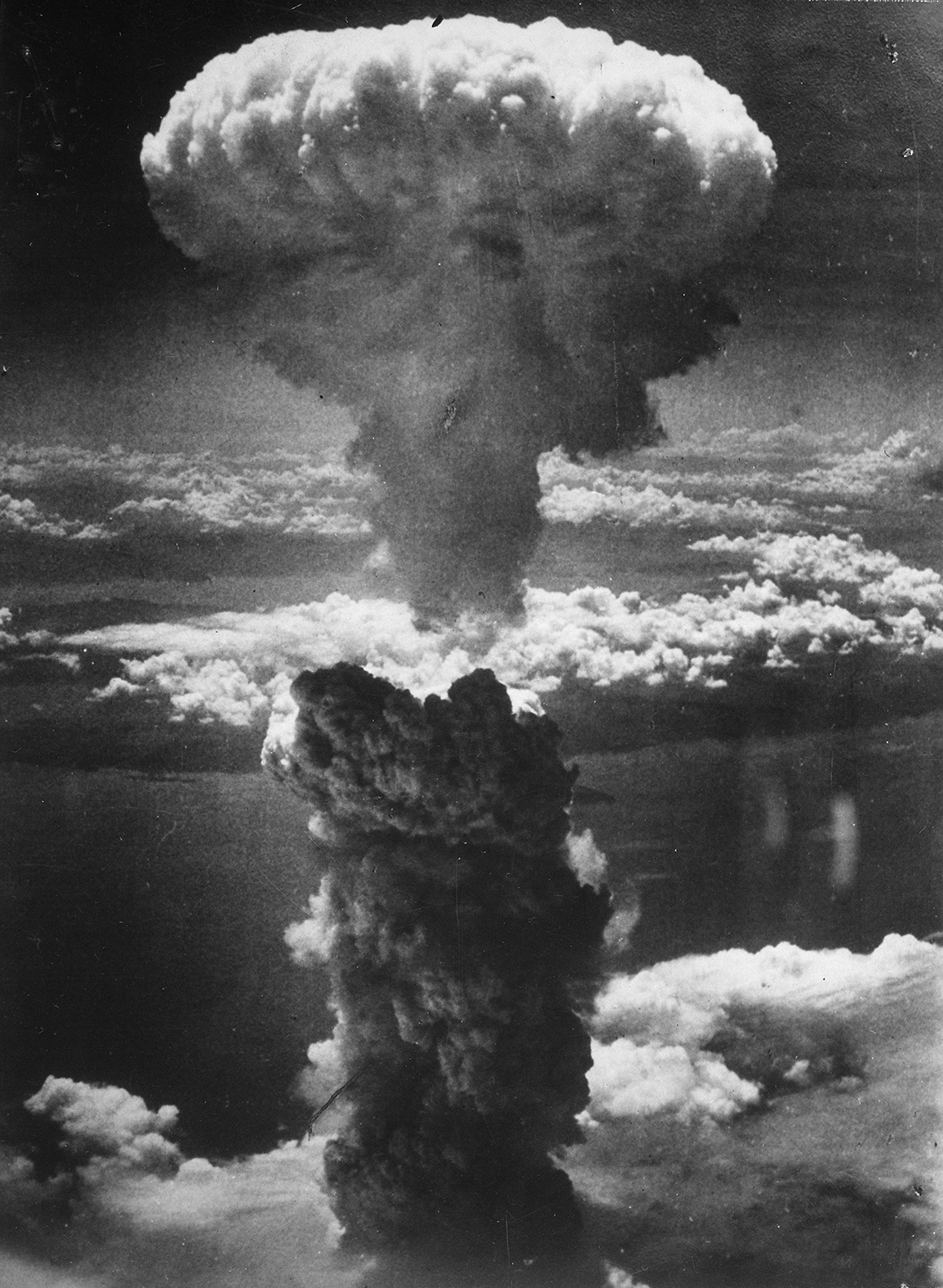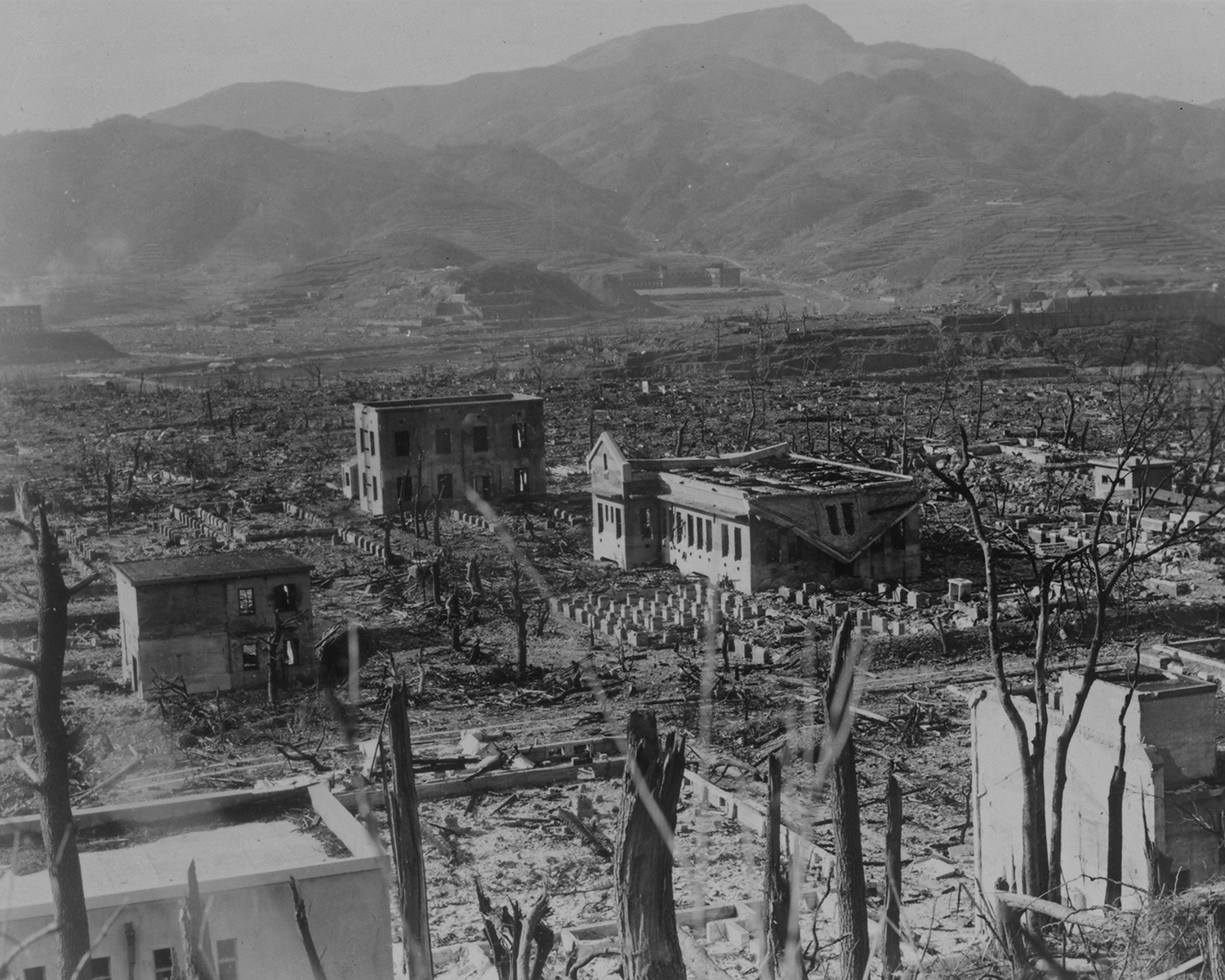
The Atomic Bombing of Hiroshima and Nagasaki, August 1945
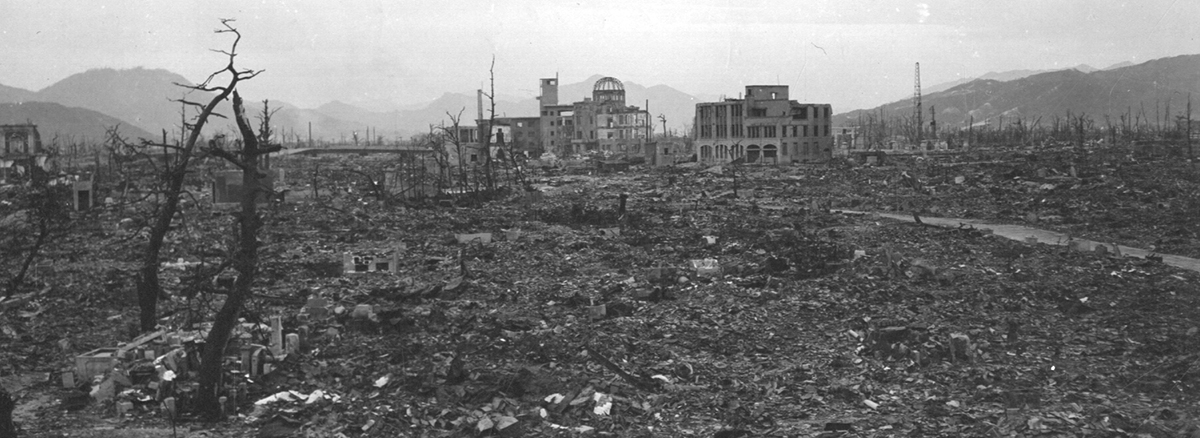
Photograph of Hiroshima after the atomic bomb. (National Archives Identifier 22345671)
Online Exhibits
Photograph Gallery
Additional Photographs
Atomic Bomb Preparations at Tinian Island, 1945
Photographs used in the report Effects of the Atomic Bomb on Hiroshima, Japan
Atomic bomb/Enola Gay preparations for the bombing missions
Post-bombing aerial and on-the-ground images of Hiroshima
Empty bottle of Chianti Bertolli wine signed by scientists who worked on the Manhattan Project
Archival Film
Hiroshima and Nagasaki Effects, 1945
The Last Bomb, a 1945 film, done in Technicolor, by the Army Air Forces Combat Camera Units and Motion Picture Units covering the B-29 bombing raids on Japan
Effects on the human body of radiation from the atomic bomb
Additional Records
Photos: Atomic Bomb Preparations at Tinian Island, 1945
Photographs used in the report Effects of the Atomic Bomb on Hiroshima, Japan
Atomic bomb/Enola Gay preparations for the bombing missions
Post-Hiroshima bombing aerial and on-the-ground images
Color image of Hiroshima after bombing
Blogs and Social Media Posts
Unwritten Record: Atomic Bombings of Hiroshima and Nagasaki
Unwritten Record: Witness to Destruction: Photographs and Sound Recordings Documenting the Hiroshima Bombing
Forward with Roosevelt: Found in the Archives: The Einstein Letter
Pieces of History: Little Boy: The First Atomic Bomb
Pieces of History: Harry Truman and the Bomb
Pieces of History: Morgantown Ordnance Works (part of the Manhattan Project) Panoramas, 1940–1942
Today's Document: Petition from Manhattan Project Scientists to President Truman
For Educators
Docs Teach resources on the atomic bomb
Teaching with Documents: Photographs and Pamphlet about Nuclear Fallout
Kennedy Library: “The Presidency in the Nuclear Age”
At the Presidential Libraries
Roosevelt Library: Albert Einstein’s letter to FDR regarding the atomic bomb
Truman Library: “The Decision to Drop the Atomic Bomb”
Truman Library: Additional records on the bombing of Hiroshima
Truman Library: President Truman's Diary Entry for July 17, 1945 (the day before Truman learned that the United States had successfully tested the world's first atomic bomb)
Truman Library: Memo for the Record, Manhattan Project, July 20, 1945
Truman Library: Petition from Leo Szilard and other scientists to President Truman
Eisenhower Library: Atoms for Peace
Kennedy Library: “The Presidency in the Nuclear Age: The Race to Build the Bomb and the Decision to Use It”
